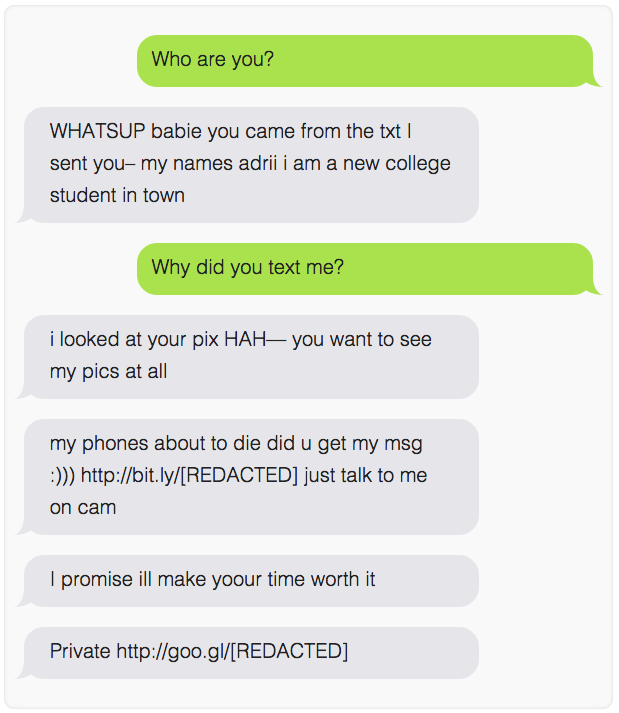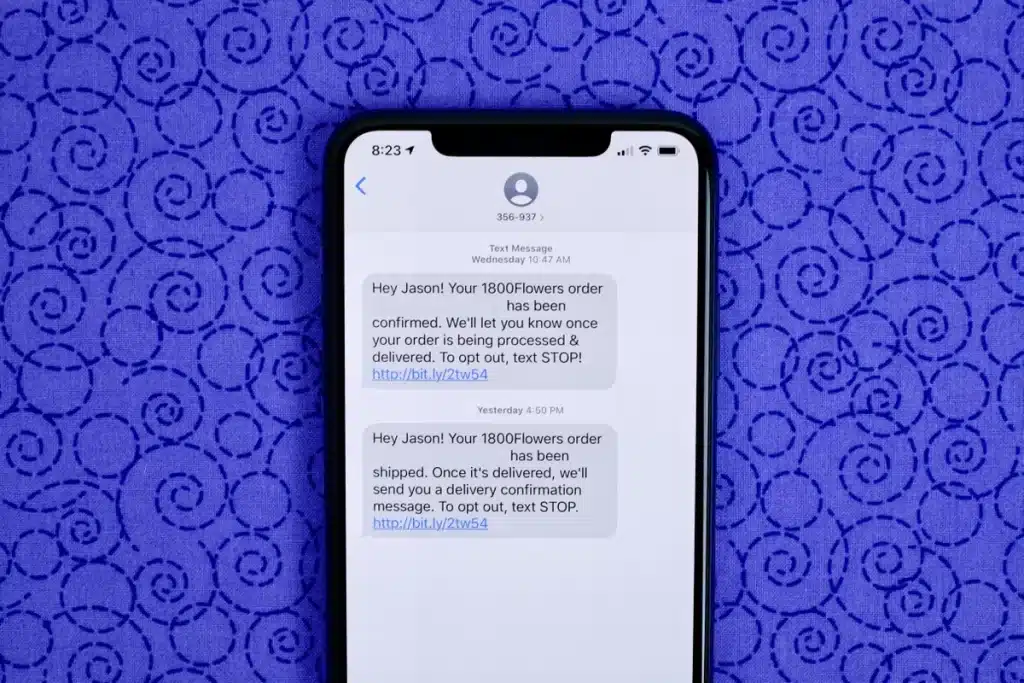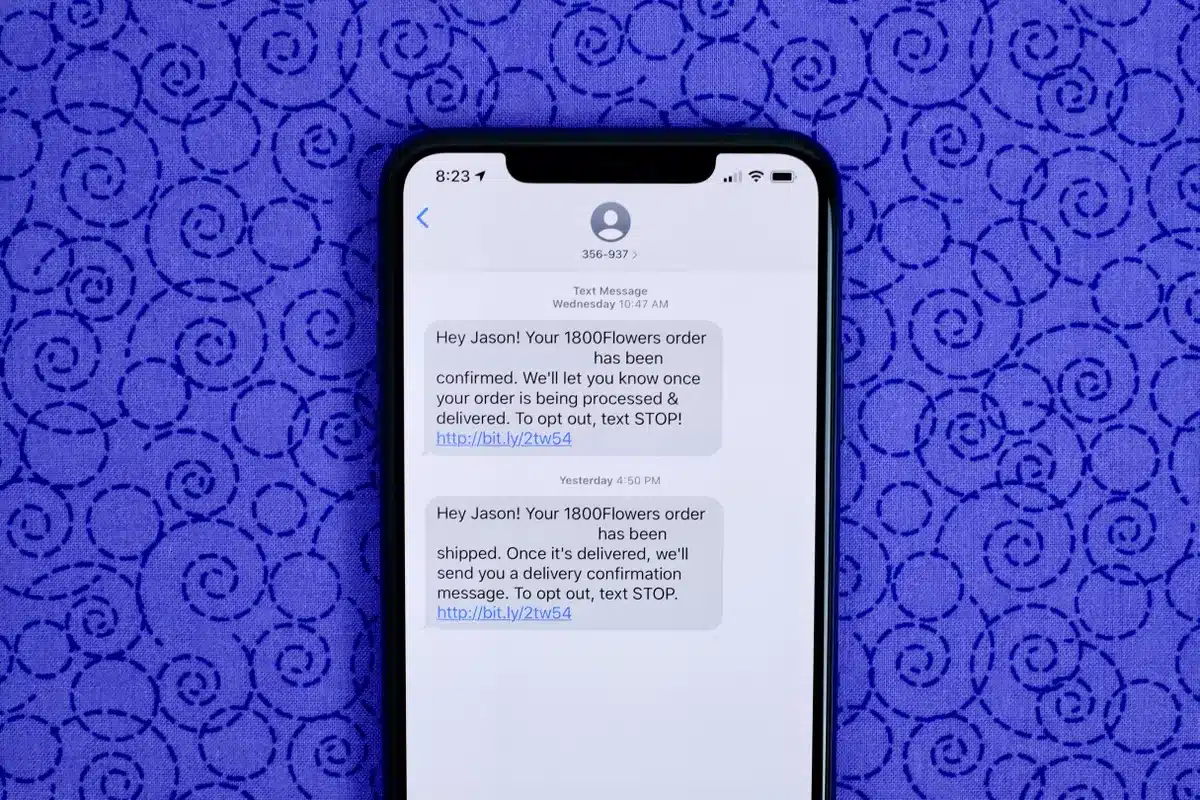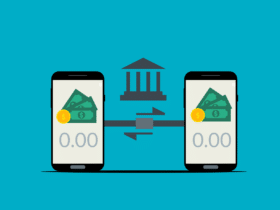Ordinarily, no one should send you text messages if you have nothing in common or have not communicated before. It is against federal law to send an unsolicited text to someone if they did not consent to it. Despite this prohibition by law, we have to bear with these texts every day.
We will explain why some people send you messages, yet you do not even know them. We will also let you know how to block such texts and how you can identify the senders of these messages.
Do not panic if you find your partner’s phone full of dating site messages. It is increasingly common for personal information to be stolen or sold to third parties.
Spammers bought your email address, an affiliate company shared your data, and an information leak happened. These are three of the most likely reasons you keep receiving these spam text messages from a random dating site you never knew existed.
It is not uncommon for dating sites to occasionally message old users hoping they will return. If your partner gave a dating site their information, spammers might put it on a list for promotional texts and emails.
Reporting Spam Text Messages From Dating Sites

You are getting spam texts for lots of reasons. Senders of spam texts are trying to scam you, sell you something, or install a virus on your phone. Those texts might not appeal to you, but there is a chance someone will fall prey to these messages.
The scammers try to bait you with these text messages and deceive unsuspecting targets into giving up personal data. Hence, you are granting access to confidential information, such as your e-mail, passwords, bank account number, or Social Security Number.
Once they have that information, they can access your email, bank, and other accounts. Moreover, they could even sell your data to other scammers.
Spammers use different ways to trick you. Some of these dirty tricks include enticing offers like:
- Receiving free prizes
- Gift certificates or coupons
- Low or no interest credit card
- Receive help to repay your student loans
- Verify your identity so you can claim prizes
- Saying your number won in a random government lottery
Scammers can also send you intimidating text messages saying they have sensitive information about your transaction or bank account.
They will pretend to work for the bank or organization where you have an account. So, you will get a text telling you there was a suspicious transaction on your account.
Some may claim an error in your payment information and that they are willing to assist you.
Scammers sometimes send you fake invoices, asking you to contact them quickly if you did not authorize the transaction. Another standard fake text states that you have a package delivery.
To claim your gift or activate a membership, they may ask for personal information. No legit company will ask you about your debts, earnings, personal bank information, credit card number or pin, and your Social Security number.
Scammers have learned to create professional-looking to be even more convincing. When you click a link, it takes you to a fake website that looks similar to the real organization. Some messages may infect your phone with a virus or harmful malware that steals information without you knowing.
What Can I Do to Stop Unsolicited Spam Text Messages From Dating Sites?

Never click on links that you receive from an unknown number, especially if it is asking for personal information. Legitimate companies do not send text messages asking for information about your account. Consider contacting the company using a phone number or their official social media accounts or websites.
Your device allows you to block numbers, contacts, and emails. You can stop these messages from reaching your inbox by filtering them. If your phone has a filter feature, use it to filter the messages from unknown numbers and instantly block them.
In addition to blocking phone numbers, emails, and contracts, you can use a few other options:
- For iMessage, go to your phone app and tap on Recents, followed by the Info button. These options are adjacent to the contact you want to block. Scroll down the screen to find the Block this Caller option. Tap it to block the number.
- You can also use the FaceTime app to block unsolicited numbers. Select the FaceTime app. Open the app and tap the Info button next to the phone number, contact, or email address you want to block. Scroll down until you see the Block this Caller option.
- Using yet another method, you can block an unwanted caller by going to the Messages app. Open the chat inbox, and tap on the relevant contact above the chat messages. Tap the Info option, scroll down the screen, and choose Block this Caller.
- Another approach you can use to block unwanted contacts is via the Mail app. Open the email containing the numbers you need blocking. At the top of your device’s screen, tap the contact number, then tap Block this Number.
Managing Blocked Emails, Phone Numbers, and Contacts
You can view all blocked contacts through your smartphone settings. Go to phone Settings, and scroll to find Blocked Contacts.
Tap on that option to bring up the list. Alternatively, while on settings, select the FaceTime app. Under the Calls option, tap on the Blocked Contacts, and the list will pop up.
You can also get to the blocked contacts list via Messages under MMS or SMS. Go to Mail and tap on Blocked to see the list. You can filter the contacts of people who are not on your saved list.
In your phone’s settings, choose Messages, and scroll down the screen to where you will see Filter Unknown Senders. Then, toggle the on/off icon to “on.”
As you receive these spam texts, avoid clicking links in the text. Such links provide the route through which malware can enter your handset. Spyware collects your data and shares it with spoof websites.
Malware will steal your personal information, but it will also take much of your phone’s storage, slowing it down. Once your information is out there with spammers, they will sell it to identity thieves or marketers.
Conclusion
You may sometimes receive spam messages from dating sites, and it might be hard to eliminate them entirely. Spammers often use multiple numbers to send text messages to your inbox.
Use the Filter Unknown Senders feature to block ghost text senders. Ghosting is another way to stop those trying to bring you to converse with them without your permission. You do not respond to spam messages or calls, including on social media.
Gmail’s Block Sender is a function that unlocks, blocks, and unsubscribes people’s accounts. Depending on the type of handset you have, the feature is available in Gmail settings to block and unsubscribe from a contact.


















